Paleo Diet Recipes for Athletes: Fueling Performance the Natural Way
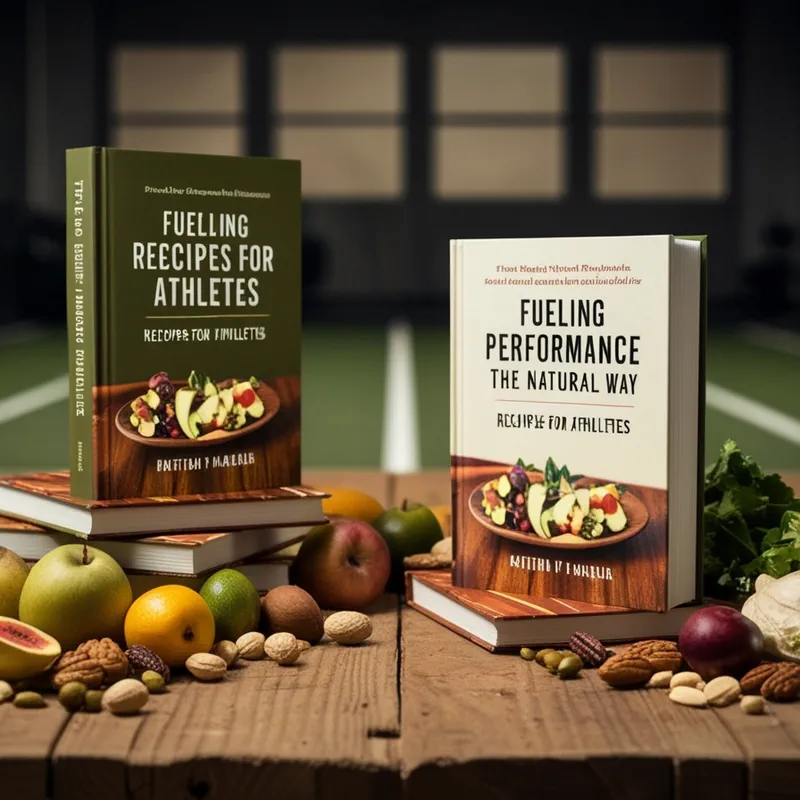
Introduction: Why Paleo Diet Recipes for Athletes Are Gaining Traction
In recent years, athletes across the globe have been shifting their focus toward cleaner, more natural diets to optimize performance. Among the top contenders in the nutritional game is the paleo diet, an eating plan inspired by the food choices of our Paleolithic ancestors. But what makes paleo diet recipes for athletes so appealing, and how do they truly measure up when it comes to enhancing strength, endurance, and recovery?
As the fitness and sports communities continue to explore the best fueling strategies, many athletes are discovering that a well-balanced paleo plan can offer unique advantages. By emphasizing whole foods—like lean meats, vegetables, nuts, and seeds—the paleo diet helps eliminate processed junk while maintaining a nutrient-dense profile that supports muscle repair and energy production. This dietary approach isn’t just a trendy buzzword; it’s a performance-focused lifestyle change.
This article will guide you through everything you need to know about paleo diet recipes for athletes, including what they are, why they matter, and how they can benefit athletic performance. We’ll also touch on special diet recipes for athletes, explore unique recipe ideas, and show you how to integrate these meals seamlessly into your training and recovery routines.
Let’s dig into the paleo world and unlock its power for athletes!
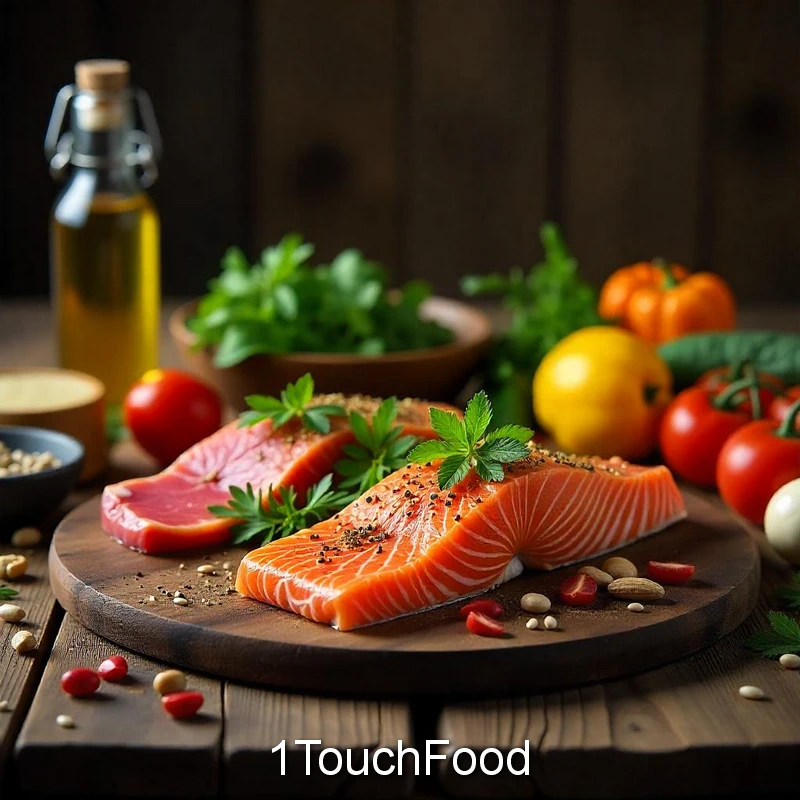
What is the Paleo Diet? Understanding Its Core Principles
Back to Basics: The Foundation of the Paleo Lifestyle
The paleo diet—also known as the Paleolithic or “caveman” diet—focuses on eating foods that our prehistoric ancestors would have had access to. Think simple, unprocessed, and nutrient-rich. This means consuming:
-
Lean proteins like grass-fed meats, wild-caught fish, and free-range poultry
-
Fresh vegetables and fruits, especially those low in sugar
-
Healthy fats from nuts, seeds, avocados, and olive oil
-
Natural sweeteners like honey or dates in moderation
-
No grains, dairy, legumes, or refined sugars
For athletes, these components are crucial. The paleo diet promotes clean eating without inflammatory or processed ingredients that might impair recovery or digestion. This is especially important for individuals who rely on high levels of physical output and demand peak body performance.
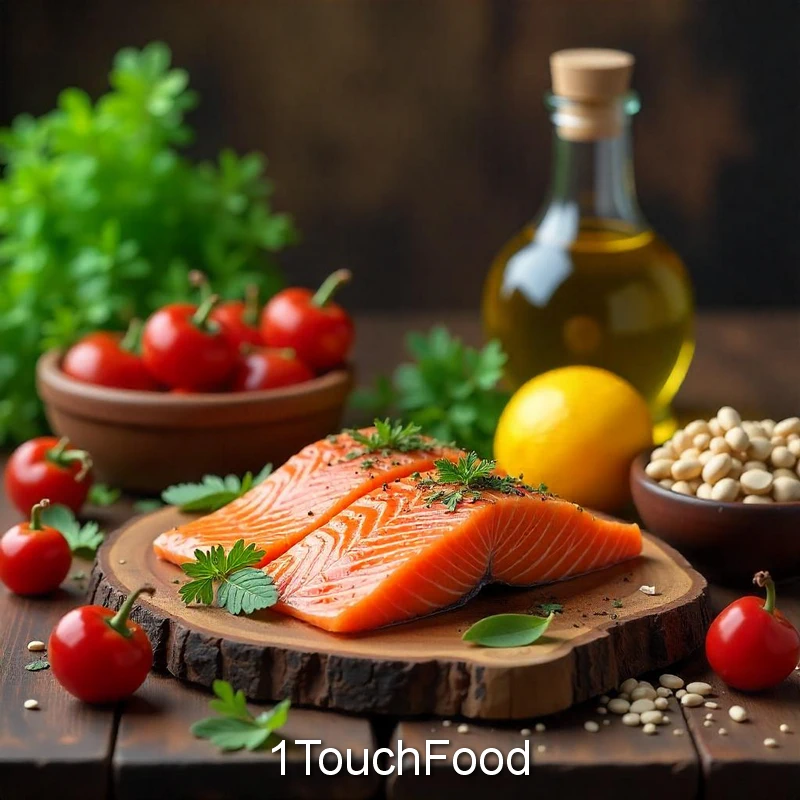
Paleo for Athletes: Customizing the Plan
While the classic paleo approach is strict, athletes may tweak the guidelines slightly to accommodate higher carbohydrate needs. For example:
-
Incorporating starchy vegetables (like sweet potatoes) for sustained energy
-
Timing fruit or honey-based snacks around workouts for quick glucose replenishment
-
Using bone broth or collagen to support joint and tissue repair
These modifications still adhere to the core values of paleo eating but help tailor it to meet the rigorous needs of athletic performance.
Why Paleo Diet Recipes are Ideal for Athletes
Natural Energy for Peak Performance
One of the biggest benefits of paleo diet recipes for athletes is the natural, sustained energy they provide. Unlike refined carbohydrates that spike blood sugar and cause crashes, paleo-friendly carbs (like root veggies or fruits) offer a more stable release of energy. This keeps athletes powered through long training sessions without the post-workout slump.
Enhanced Recovery and Reduced Inflammation
Athletes face constant wear and tear on their muscles and joints. Paleo recipes rich in omega-3 fatty acids (from wild fish or flaxseeds), antioxidants (from colorful veggies), and collagen (from bone broths) help reduce inflammation, accelerate recovery, and support overall mobility.
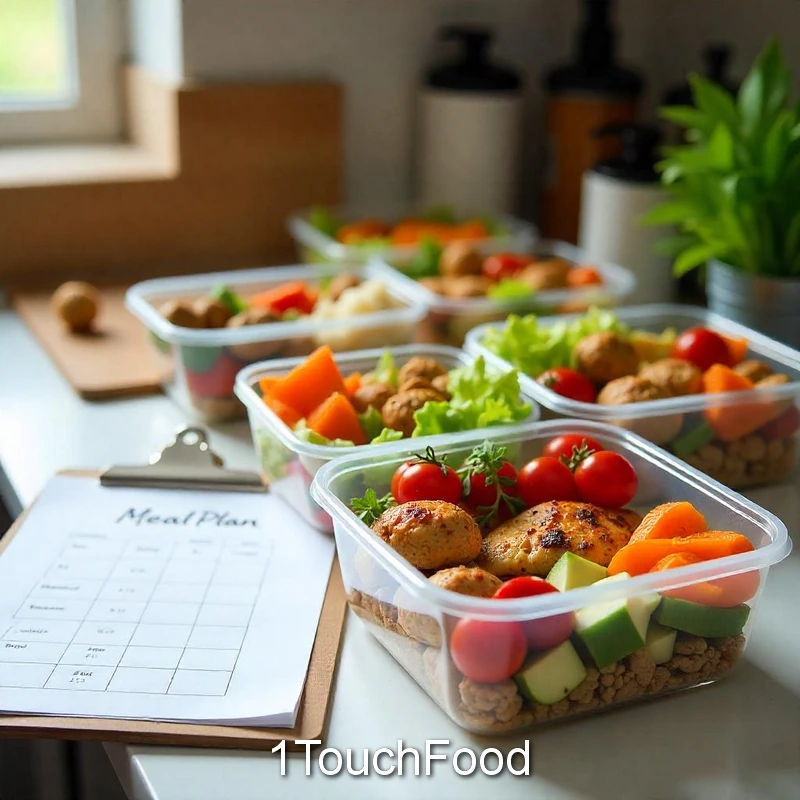
Better Digestion and Gut Health
By cutting out processed foods, dairy, and grains, paleo recipes often lead to improved digestion. A well-functioning digestive system ensures athletes absorb more nutrients, recover faster, and reduce the risk of bloating or GI distress during performance.
Hormonal Balance and Muscle Maintenance
Protein-rich paleo meals support muscle retention and growth. Additionally, fats from sources like avocado and nuts help regulate hormones—critical for both male and female athletes to maintain stamina, mood, and reproductive health.
Mental Focus and Clarity
It’s not just the body that benefits—paleo-friendly meals avoid brain fog and help sharpen focus, thanks to a steady supply of clean energy and anti-inflammatory nutrients.
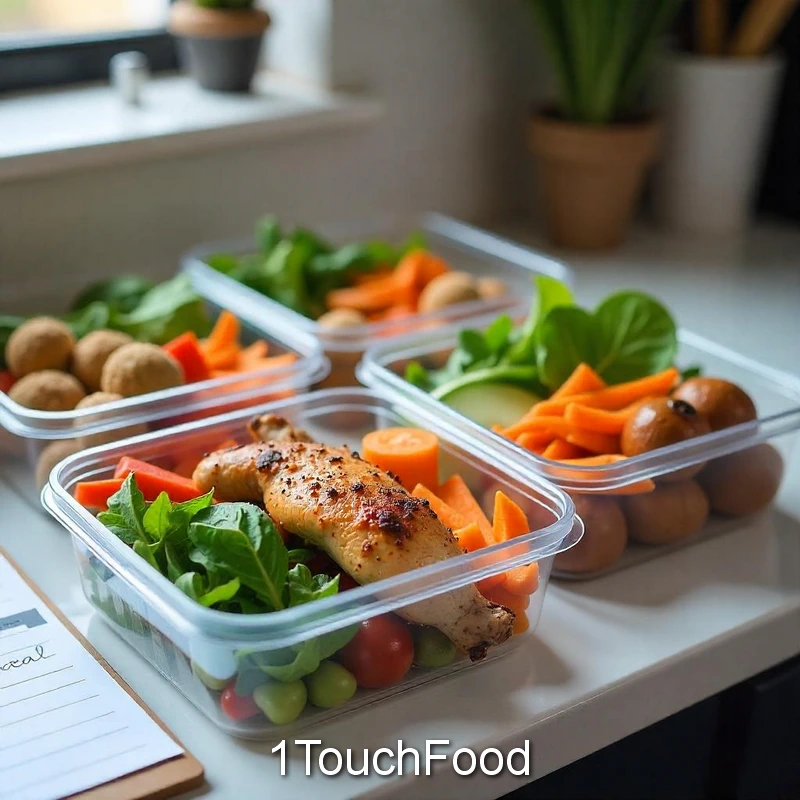
Special Diet Recipes for Athletes: Tailoring Paleo to Individual Needs
Athletes don’t come in one size, and neither should their diets. While the paleo diet offers a strong foundation for clean eating and performance-focused fuel, not every athlete can follow a one-size-fits-all approach. That’s where special diet recipes for athletes come into play—allowing customization based on allergies, sensitivities, or specific athletic goals.
Adapting Paleo for Gluten-Free and Dairy-Free Needs
The paleo lifestyle is naturally gluten-free and dairy-free, making it an ideal base for athletes with intolerances. Gluten, a common culprit in inflammation and digestive issues, is eliminated on a paleo plan. Instead of grains, athletes can rely on:
-
Sweet potatoes and butternut squash for starchy carbs
-
Coconut and almond flours for paleo baking or breading
-
Zucchini noodles or cauliflower rice as pasta and rice alternatives
For those missing creamy textures due to dairy exclusion, options like coconut milk, nut cheeses, or cashew cream sauces offer excellent replacements without the bloat.
Low-FODMAP, Keto-Paleo, and Autoimmune Adaptations
Many athletes deal with digestive issues or autoimmune conditions that require stricter dietary filters. Here’s how special paleo variations support them:
-
Low-FODMAP Paleo Recipes: Great for athletes with IBS or sensitive guts. These remove fermentable carbs while keeping the core paleo ingredients.
-
Try: Grilled salmon with zucchini and carrots, or banana-egg pancakes.
-
-
Keto-Paleo Fusion: For endurance athletes or those wanting fat-adapted energy systems, combining paleo with ketogenic principles (very low carb, high fat) can help.
-
Think: Avocado-egg salads, grass-fed beef with spinach cooked in coconut oil.
-
-
Autoimmune Protocol (AIP): Tailored for athletes with autoimmune diseases, this stricter version of paleo excludes eggs, nuts, seeds, and nightshades temporarily to reduce inflammation.
-
Sample dish: Baked cod with steamed broccoli and coconut turmeric sauce.
-
Each of these special diet options maintains the integrity of the paleo framework while supporting the athlete’s bioindividual needs.
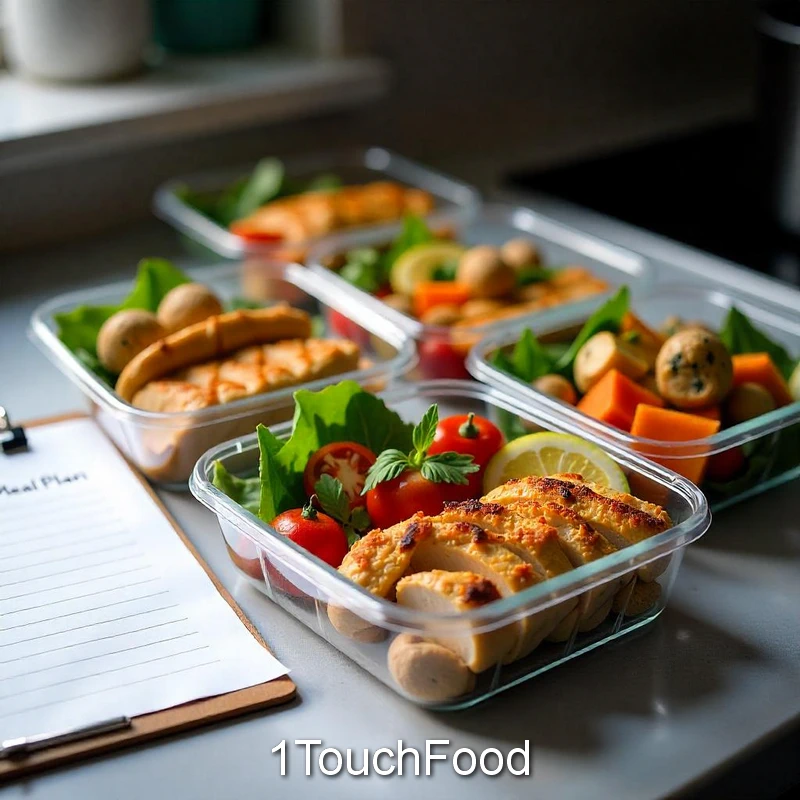
Recipes for Vegetarian and Vegan Athletes on Paleo Principles
While paleo heavily emphasizes animal proteins, vegetarian or plant-based athletes can still draw from its clean-eating philosophy. Though it’s challenging, the focus here is on:
-
Root veggies, fruits, coconut, avocado, nuts, and seeds
-
Supplementing with plant-based protein powders (like hemp or pea)
-
Incorporating fermented foods like sauerkraut for gut health
Example meal: Roasted sweet potato bowl with kale, avocado, pumpkin seeds, and tahini dressing.
These recipes honor the paleo spirit—whole foods, no processed junk—while adapting to plant-based lifestyles for performance.
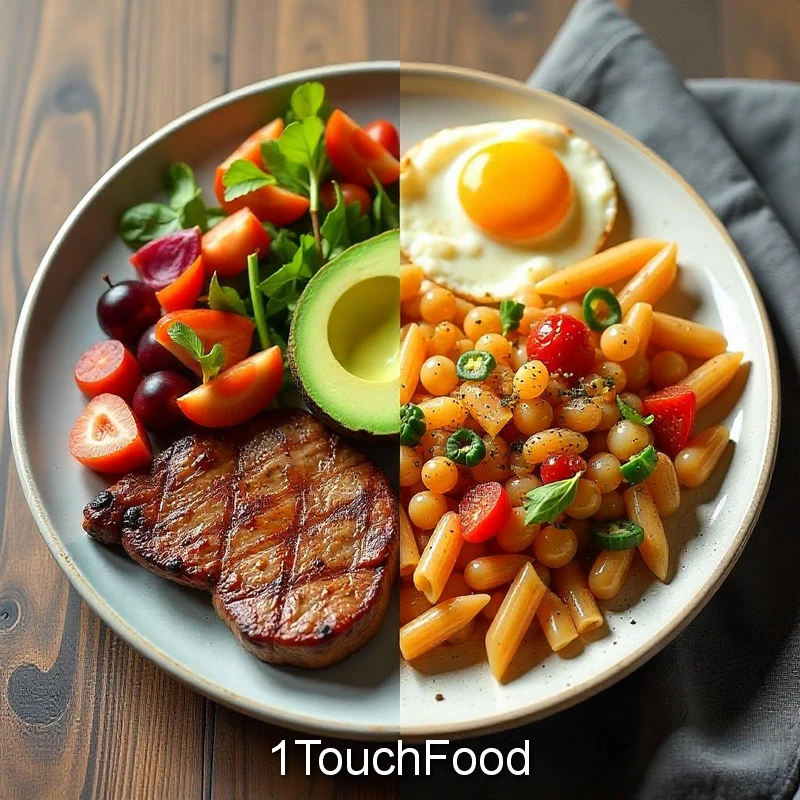
Paleo Meal Ideas for Every Phase of Training
Athletes need strategic nutrition for every phase of their training: pre-workout, post-workout, recovery days, and competition time. Here’s how paleo diet recipes for athletes can be crafted for each of those moments.
Pre-Workout: Fueling with Clean Energy
Before a workout, athletes need quick-digesting, moderate-carb meals to provide fuel without weighing them down.
-
Banana and almond butter protein shake
-
Sweet potato hash with eggs and spinach
-
Paleo-friendly energy balls made with dates, chia seeds, and coconut flakes
These meals provide a mix of healthy carbs, fats, and protein—ideal for powering through training.
Post-Workout: Repair and Rebuild
After training, it’s crucial to support muscle repair and replenish glycogen stores.
-
Grilled chicken with roasted root vegetables
-
Beef stir-fry with Bok choy and cauliflower rice
-
Tuna avocado salad with olive oil and lemon
Pairing lean proteins with clean carbs and healthy fats ensures full-body recovery and reduces soreness.
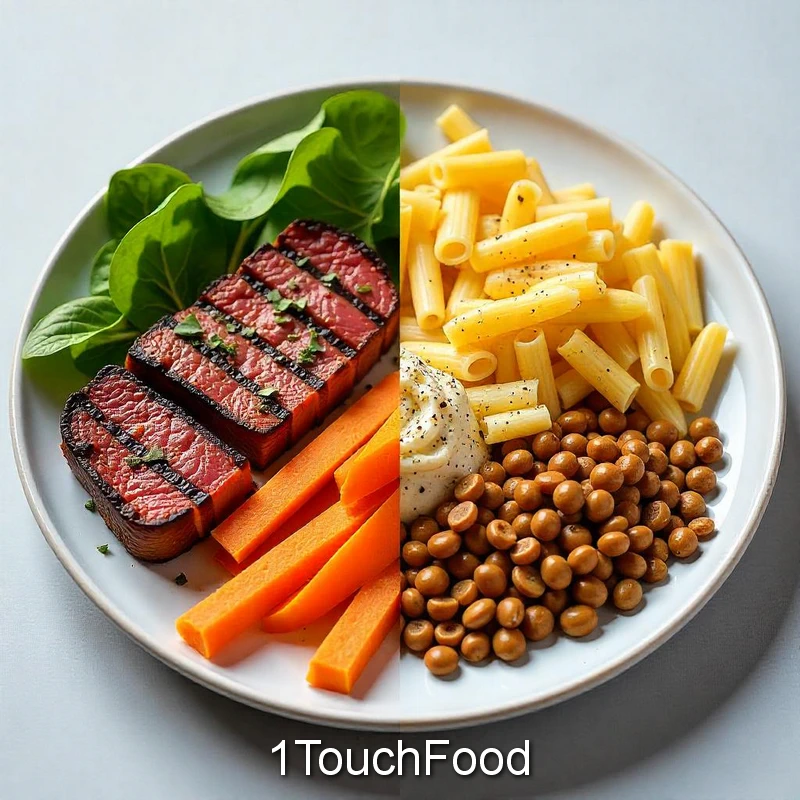
Active Recovery and Rest Days: Nutrient-Rich and Anti-Inflammatory
On off-days, paleo meals can focus more on micronutrients and inflammation reduction.
-
Bone broth-based vegetable soup
-
Salmon salad with kale, beets, and walnuts
-
Coconut turmeric smoothie with collagen peptides
These support the body’s repair mechanisms while keeping energy balanced and the immune system strong.
Game Day or Competition Meals
On competition days, meals should be simple, digestible, and energy efficient.
-
Breakfast: Paleo banana pancakes with almond butter
-
Snack: Boiled eggs and an apple or chia pudding with berries
-
Lunch: Grilled chicken with sweet potato wedges and greens
Keeping meals light but nutrient-dense prevents sluggishness and improves performance.
Paleo vs. Other Athlete Diets: How Does It Stack Up?
When it comes to fueling athletes, there’s no shortage of dietary options. From keto and vegan to high-carb or Mediterranean diets, each comes with promises of performance, recovery, and muscle gains. But how does the paleo diet measure up?
Let’s break it down with a side-by-side comparison:
| Feature | Paleo Diet | Keto Diet | High-Carb Athlete Diet | Vegan Diet |
|---|---|---|---|---|
| Carbohydrates | Moderate (from vegetables & fruits) | Very low | High (often grain-based) | High (plant-based sources) |
| Protein Sources | Animal-based, clean & lean | Animal/fat-based | Varies (can be processed) | Plant-based, some incomplete proteins |
| Fat Intake | Moderate to high (healthy fats) | High (often from oils & dairy) | Moderate | Moderate (avocados, nuts, seeds) |
| Digestive Impact | Gut-friendly, anti-inflammatory | Can cause keto flu or GI upset | May cause bloating (grains/dairy) | Can be gas-forming (legumes) |
| Inflammation Reduction | Yes (no grains, dairy, or refined sugar) | Yes (ketones have anti-inflammatory role) | Often no (includes inflammatory foods) | Varies (depends on food choices) |
| Performance Support | Strong (clean fuel, customizable) | Good for endurance, not high-intensity | Great for high-intensity | Can be lacking in some nutrients |
Bottom line? The paleo diet recipes for athletes offer a clean, customizable approach that supports both endurance and strength training, while keeping inflammation low and digestion smooth. It blends the best of both worlds: energy and recovery.

How to Build a Paleo Meal Plan for Athletic Success
Creating an effective meal plan is one of the most powerful tools athletes can use to stay consistent and maximize their results. Here’s a step-by-step how-to guide to build your own paleo athlete meal plan.
1. Calculate Your Macronutrient Needs
Every athlete is different. Depending on your goals (muscle gain, endurance, fat loss), determine your calorie and macronutrient targets:
-
Protein: Crucial for muscle repair and retention (aim for 1–1.5g per pound of body weight)
-
Carbs: Use fruits and root vegetables strategically around workouts
-
Fats: Fill in the rest with healthy fats to support hormones and energy
2. Stock Up on Paleo Staples
Create a grocery list filled with:
-
Proteins: Grass-fed beef, turkey, eggs, salmon, free-range chicken
-
Carbs: Sweet potatoes, carrots, bananas, berries, beets
-
Fats: Avocados, olive oil, coconut, almonds, flaxseed
-
Extras: Bone broth, herbs, spices, coconut flour, almond butter
3. Meal Timing is Key
Plan your meals around training windows:
-
Pre-workout: Carb + moderate protein (e.g., banana with nut butter)
-
Post-workout: High protein + clean carb meal (e.g., grilled chicken & roasted squash)
-
Evening: Protein + veggies + fats (e.g., salmon, kale, and avocado)
4. Prep Smart, Eat Clean
Batch-cooking meals once or twice a week makes it easy to stay on track. Store meals in containers and freeze extra portions for busy days. Aim for:
-
1–2 paleo breakfasts (like egg muffins or sweet potato hash)
-
3–4 protein + veggie mains
-
1–2 grab-and-go snacks (energy balls, jerky, boiled eggs)
Consistency leads to performance results.
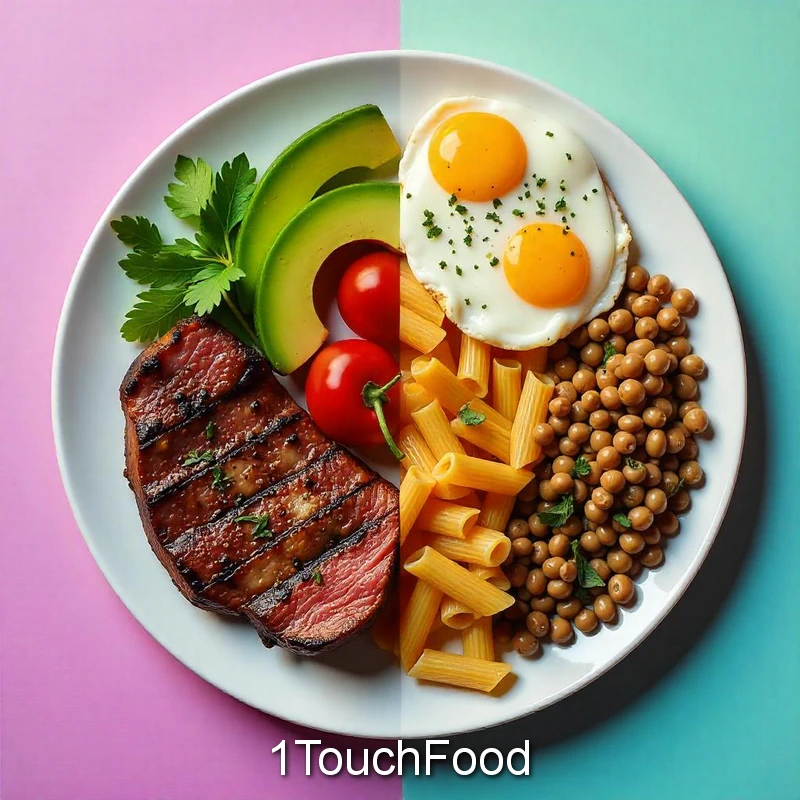
FAQs About Paleo Diet Recipes for Athletes
Q: Can paleo diet recipes provide enough carbs for intense workouts?
Yes—while the classic paleo diet is lower in carbs, athletes can use paleo-approved sources like sweet potatoes, bananas, and berries around workouts to ensure adequate glycogen replenishment.
Q: What are the best paleo snacks for athletes?
Some of the top options include:
-
Homemade trail mix (nuts, coconut flakes, dried fruit)
-
Paleo jerky
-
Energy bites made with dates, chia seeds, and cocoa
-
Hard-boiled eggs with avocado
Q: How do I prevent muscle loss on the paleo diet?
Eat enough protein! Make sure each meal includes 20–30 grams of lean protein, and consider collagen or bone broth supplementation to support recovery and muscle maintenance.
Q: Is paleo good for endurance athletes too?
Absolutely. Endurance athletes often benefit from stable energy levels, reduced inflammation, and better digestion. Paleo adaptations, like including more starchy vegetables, help support longer training durations.
Q: Can I combine paleo with other diets?
Yes, many athletes combine paleo with keto, low-FODMAP, or intermittent fasting, depending on their goals. The paleo base is flexible enough to layer with other strategies.
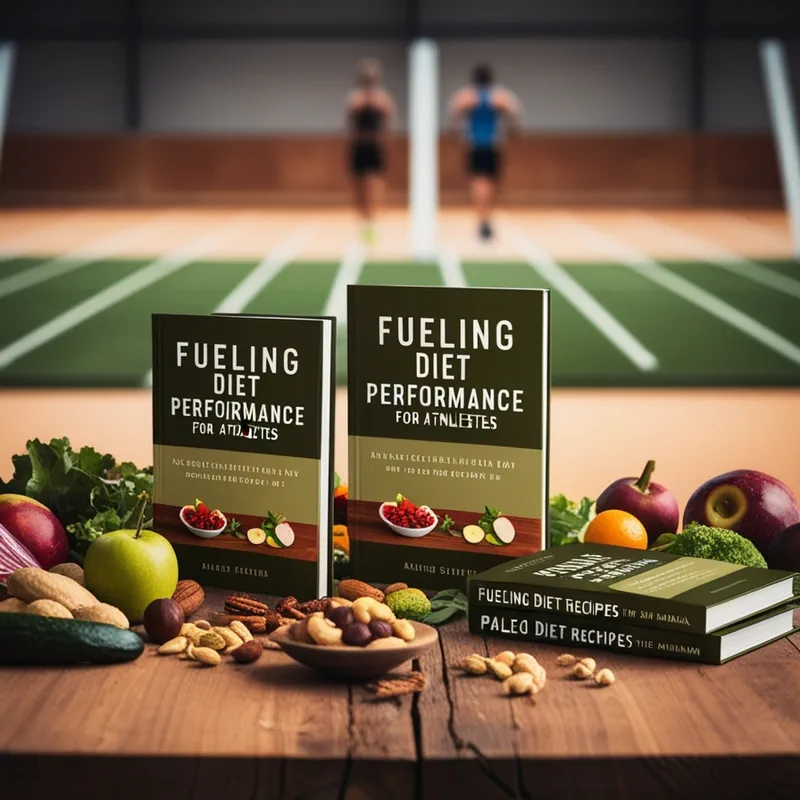
Conclusion: Elevate Your Performance with Paleo
Whether you’re an elite athlete or a weekend warrior, integrating paleo diet recipes for athletes into your routine can dramatically boost your energy, strength, recovery, and overall health. With clean, anti-inflammatory foods and a focus on nutrient density, paleo gives your body exactly what it needs—without the baggage of processed junk.
From performance fueling to recovery support, the paleo lifestyle is more than a trend—it’s a smart, sustainable choice for athletes of all levels.
Enjoy! See our youtube. Quench your thirst and revitalize your body with our collection of refreshing and hydrating recipes. All athletes must pay close attention to their nutrition to achieve optimal performance. You can see CookBook for athletes and Building a Bigger Butt. Its very useful for athletes.


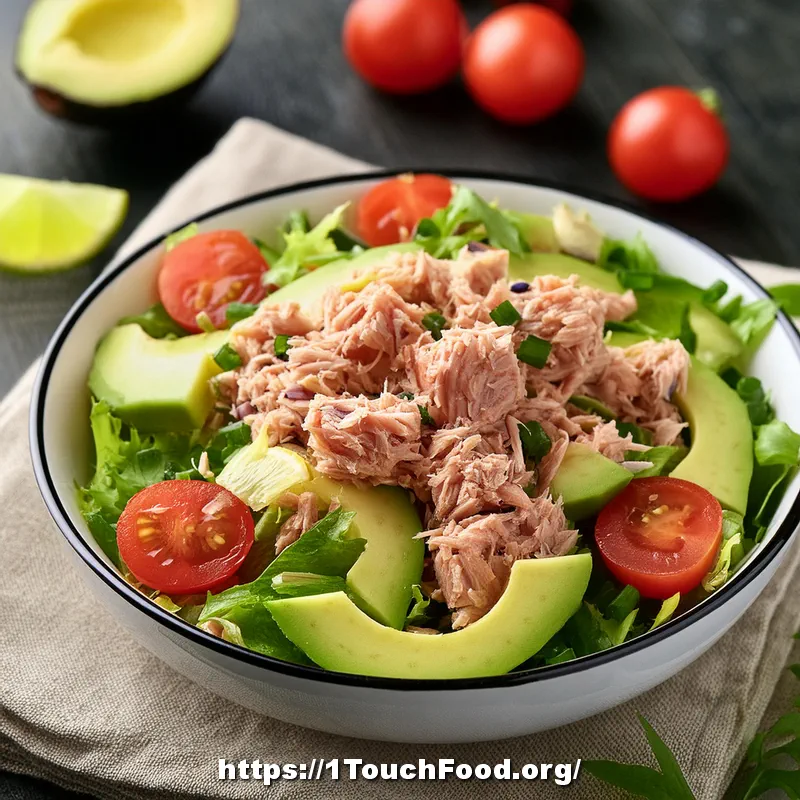

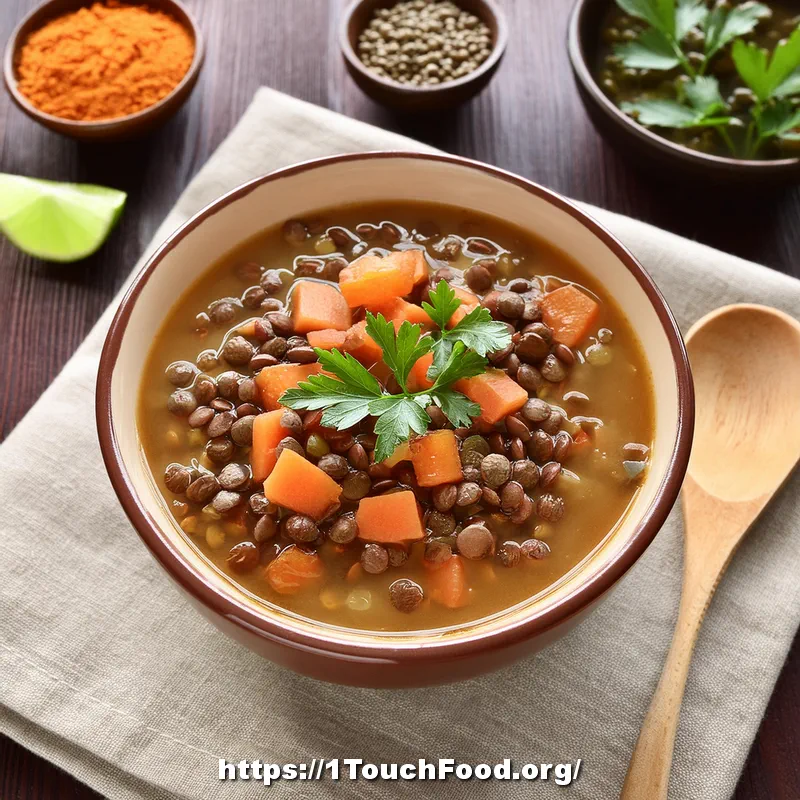
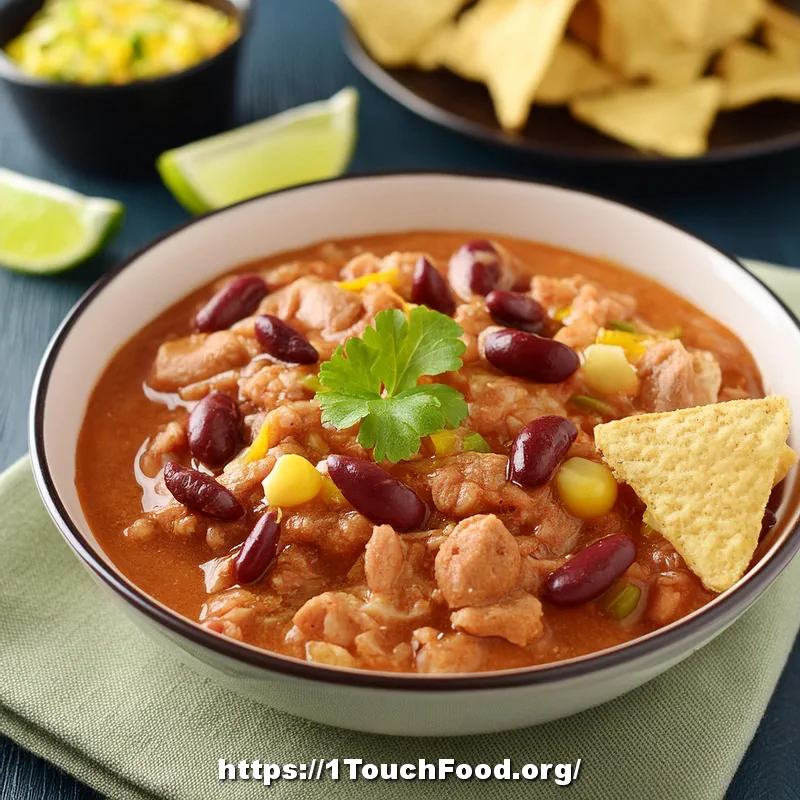
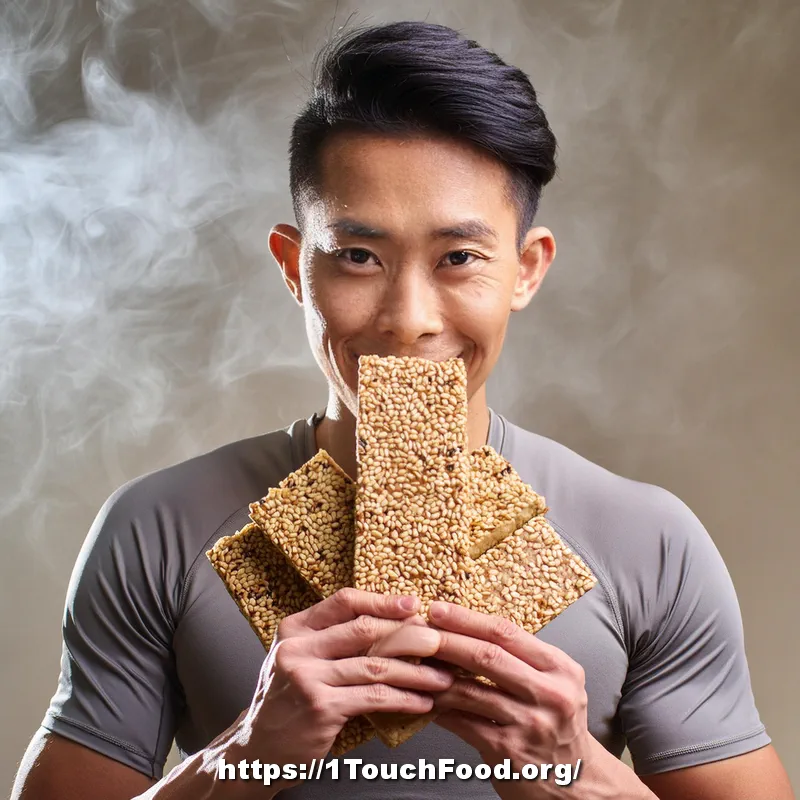
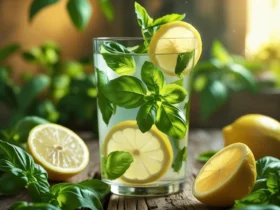
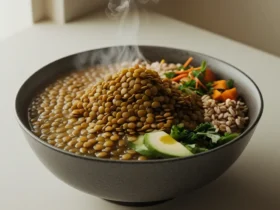
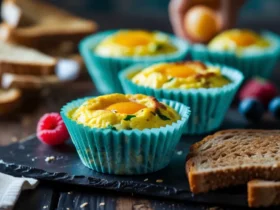
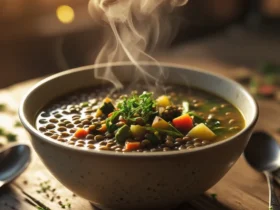

Leave a Reply